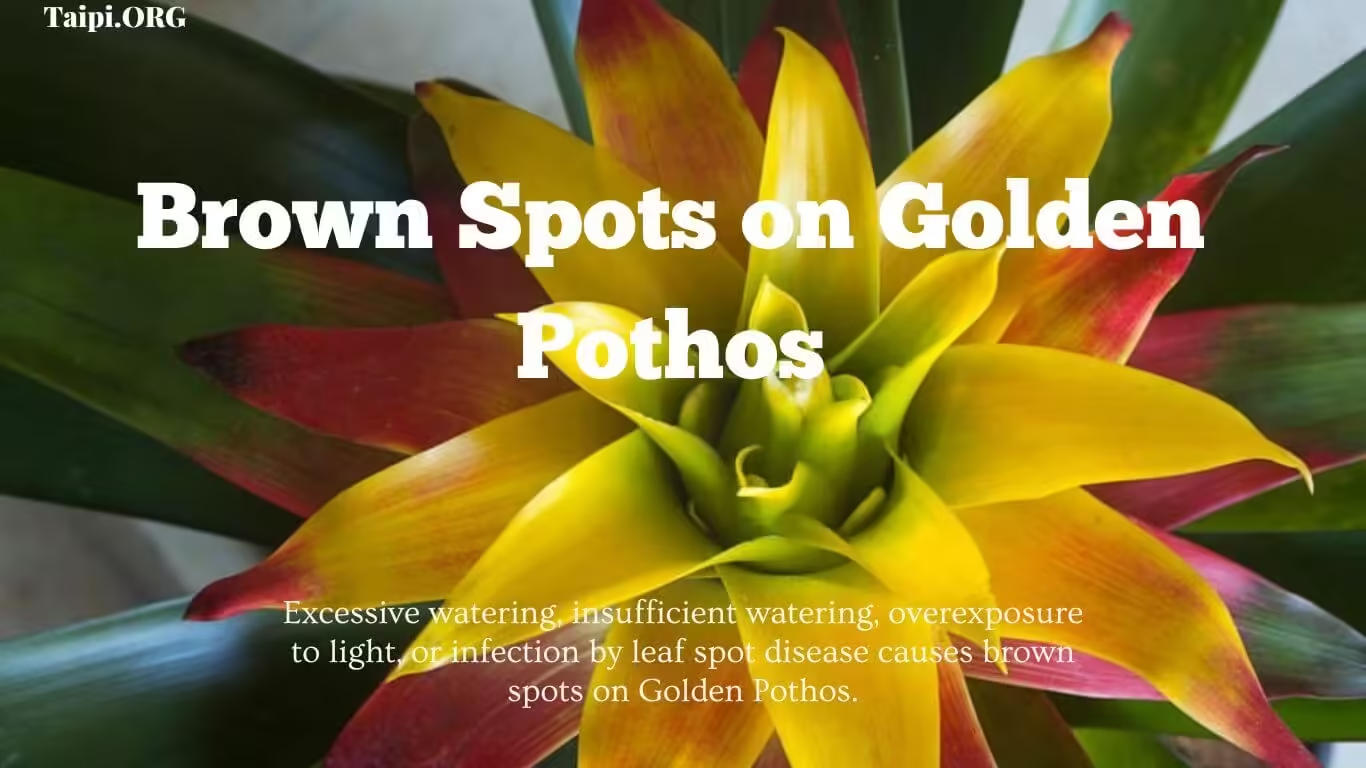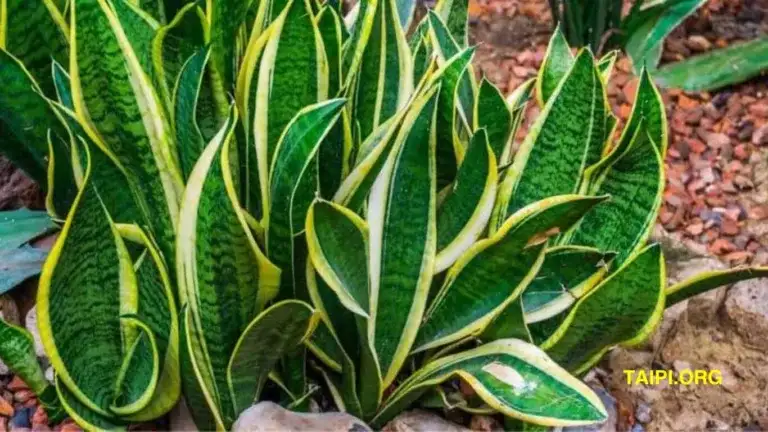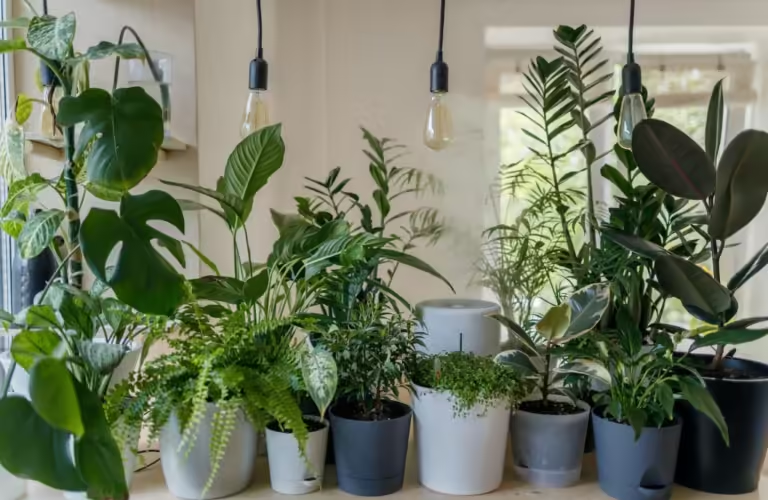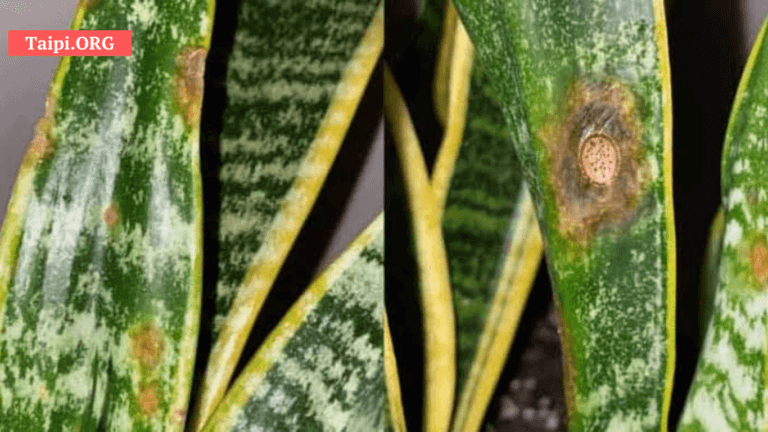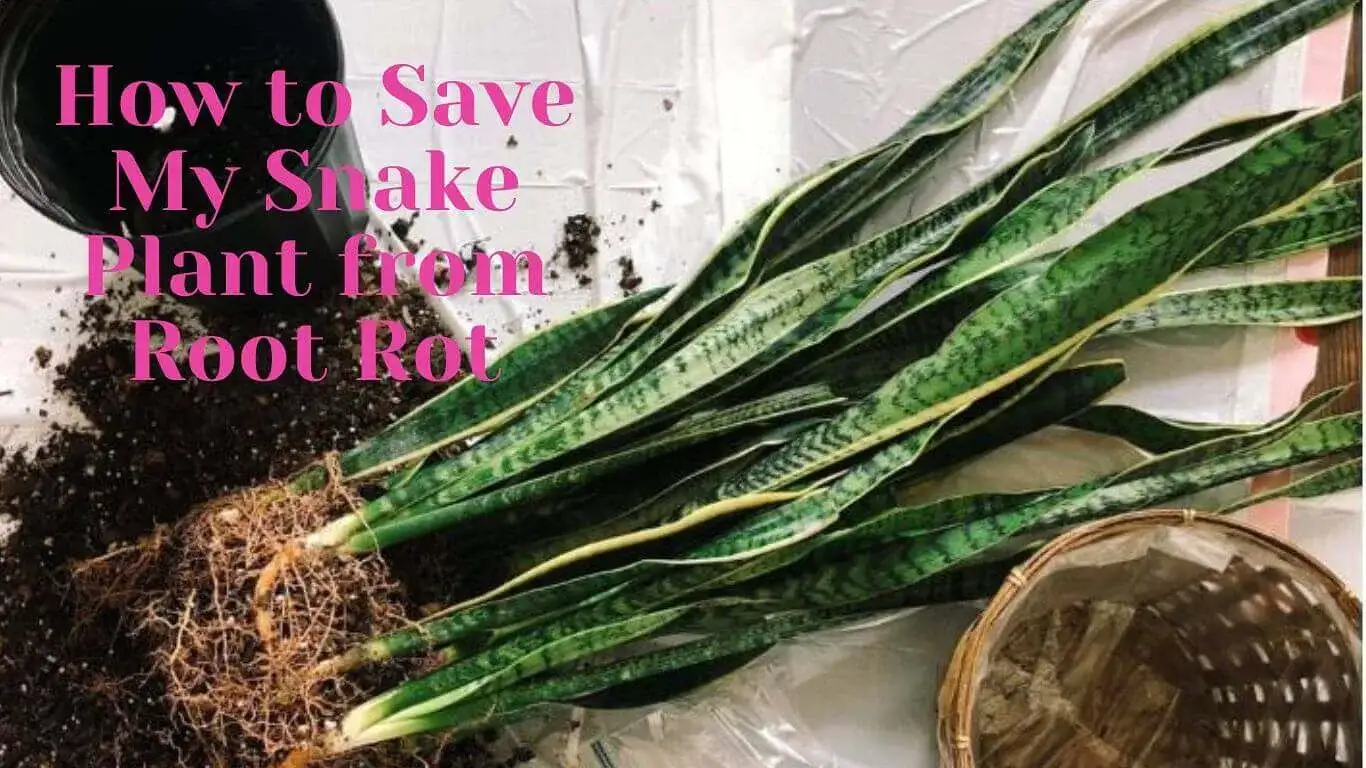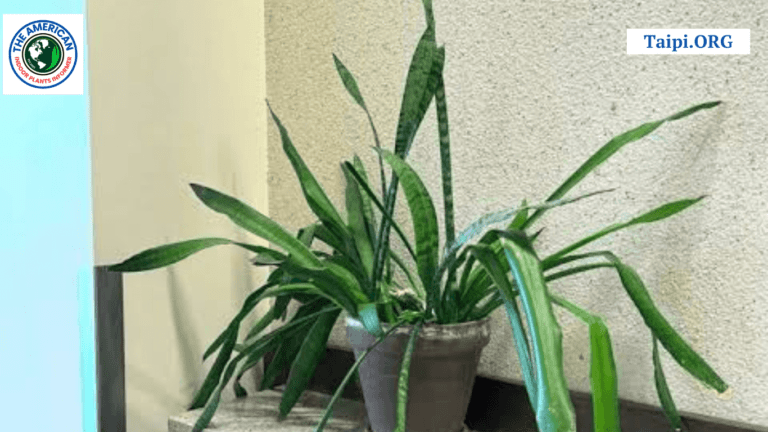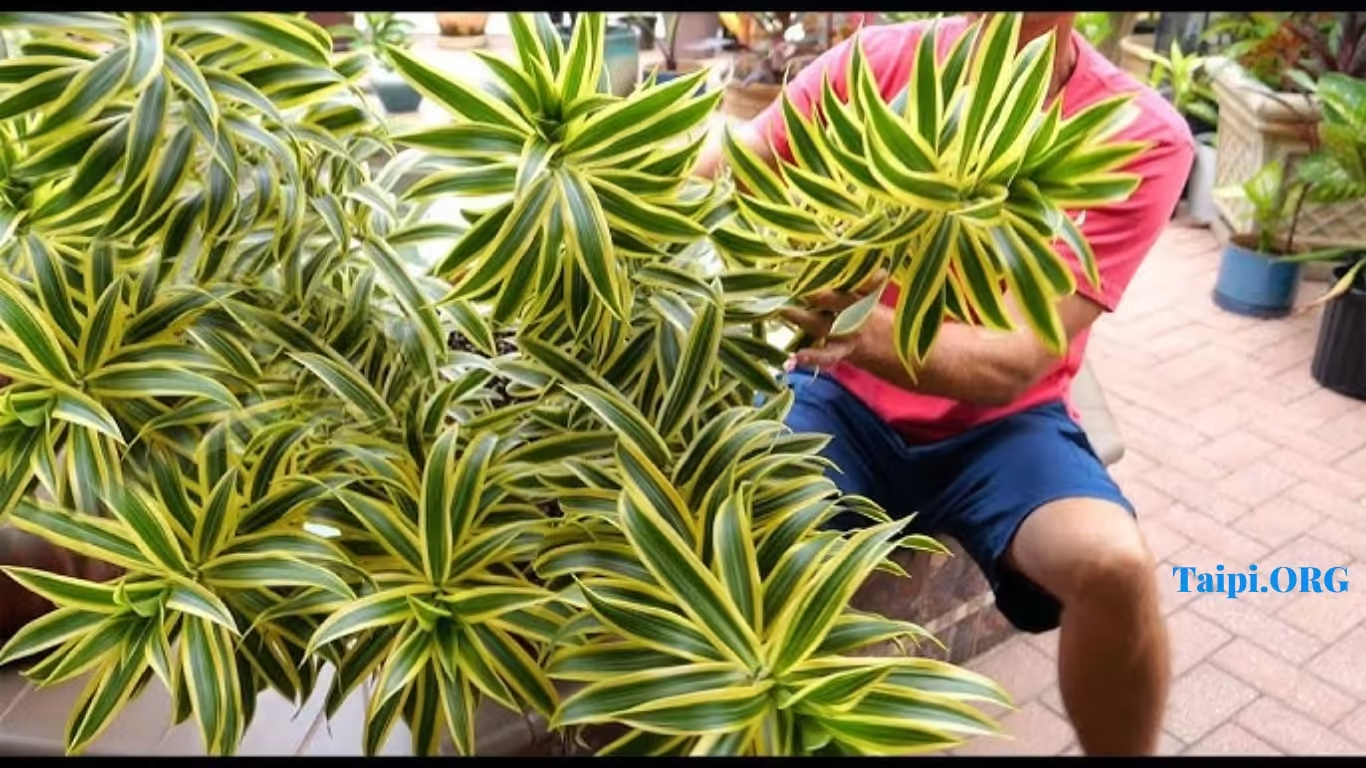Brown Spots on Golden Pothos ( Cause + Fixes)
A FEW days ago, I spoke about how to identify and deal with the browning of your pothos plant. But that was general. Today, I want to get specific about what causes brown spots on Golden Pothos.
Brown spots on Golden Pothos result from excessive watering, overexposure to light, and leaf spot disease infection.
So, whether you’re a seasoned gardener or a novice plant parent, understanding the underlying causes of brown spots on Golden Pothos is crucial for preserving the beauty and vitality of your Golden Pothos plant.
Introduction to the Golden Pothos Plant
The Golden Pothos plant has distinctive heart-shaped leaves, adorned in vibrant green and yellow hues. Thanks to its foliage, the Golden Pothos is a favorite in many homes with homeowners hanging it in baskets.
However, this versatile plant also thrives as a groundcover or climbing vine in regions without frost. When grown outdoors, the Golden Pothos scales up the sturdy trunks of pine, palm, oak, and other textured trees.
The plant’s petite leaves transform into larger, tropical counterparts, stretching up to an average length of 18 inches. This metamorphosis imbues the landscape with a lush, exotic ambiance.
Occasionally, the leaves grow so sizable that they overwhelm the vine’s grip on the trunk, particularly following intense rainfall.
In the absence of vertical ascent, the Golden Pothos sprawls rapidly across the ground, creating a luxuriant carpet of variegated foliage.
With its lush foliage and air-purifying properties, the Golden Pothos is a popular choice for indoor greenery enthusiasts.
However, the appearance of brown spots on its leaves can detract from its aesthetic appeal and serve as an indicator of underlying issues affecting plant health.
Also read: Why Are My Houseplant Leaves Turning Black?
12 Main Causes of Brown Spots on Golden Pothos
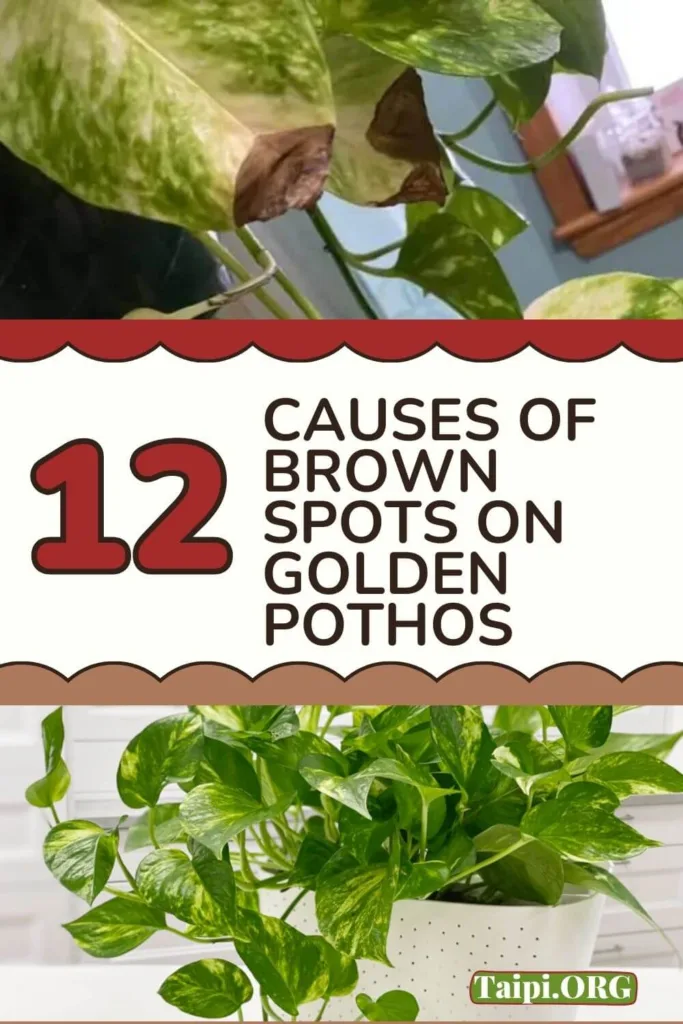
Now, it is time to delve into the main causes of brown spots on Golden Pothos. As we look at each of these causes, be keen to identify which problem is affecting your favorite indoor family companion.
1. Root Rot
Root rot poses a significant threat to the health of Golden Pothos plants. This fungal infection typically initiates at the roots, where they become brown or black and feel mushy upon touch.
As the disease progresses, it spreads throughout the entire plant, manifesting as brown spots on the leaves.
Root rot commonly occurs when the soil remains consistently waterlogged, depriving the roots of essential oxygen, and facilitating fungal growth.
Overwatering or using containers without proper drainage exacerbates this condition, making Golden Pothos particularly vulnerable.
2. Insufficient Watering
Golden Pothos plants thrive in moderately moist conditions, but prolonged periods of underwatering can result in brown spots on the leaves.
When deprived of adequate moisture, the leaves begin to lose their turgidity, appearing wilted and eventually developing brown patches.
Underwatering may occur due to irregular watering schedules or insufficient water retention in the soil.
Factors such as environmental conditions and pot size influence the plant’s water requirements, necessitating vigilance to maintain optimal moisture levels.
3. Pests
Various pests pose a threat to Golden Pothos plants, contributing to the development of brown spots on the leaves. Spider mites, aphids, scale insects, and mealybugs, are among the common pests that infest these plants, feeding on their sap and weakening their vitality.
Infestations typically lead to discoloration, wilting, and the appearance of brown spots on the foliage.
Identifying and controlling pest populations are essential steps in preserving the health and appearance of Golden Pothos plants.
4. Leaf Spot
Golden Pothos plants are susceptible to leaf spot, a fungal disease characterized by the formation of brown or black spots on the leaves. Leaf spot often thrives in warm, humid environments, spreading rapidly under favorable conditions.
Circular or irregularly shaped lesions may develop on the foliage, accompanied by a deterioration in overall plant health.
Thankfully, with proper sanitation practices and preventive measures you can manage leaf spot and minimize its impact on Golden Pothos plants.
5. Bacterial Infections
Bacterial infections, such as Pseudomonas, Xanthomonas, and Erwinia, pose a significant threat to Golden Pothos plants, leading to the development of brown spots on the leaves.
These pathogens can infiltrate the plant through wounds or natural openings, causing tissue damage and compromising its immune response.
Bacterial infections often manifest as dark, water-soaked lesions on the foliage, accompanied by wilting and leaf discoloration.
Early detection and prompt intervention are essential for controlling bacterial infections and mitigating their detrimental effects on Golden Pothos plants.
6. Excessive Sunlight

Exposure to excessive sunlight can result in sunburned leaves and the formation of brown spots on Golden Pothos plants.
Intense sunlight can cause the foliage to become scorched and discolored, disrupting the photosynthetic process, and compromising plant health.
Symptoms of sunburn include brown patches on the leaves, accompanied by a crispy texture and wilting.
Providing adequate shade or relocating the plant to a more suitable environment can help prevent sunburn and preserve the aesthetic appeal of Golden Pothos plants.
Compare: Does Pothos Like Direct Sunlight?
7. Fertilizer Burn
Overapplication of fertilizer can lead to fertilizer burn, causing the leaves of Golden Pothos plants to develop brown spots.
High-nitrogen fertilizers, in particular, pose a risk of burning the foliage and disrupting nutrient uptake.
Symptoms of fertilizer burn include brown or scorched patches on the leaves, accompanied by leaf curling and wilting.
Proper fertilization practices, including diluting fertilizer solutions and adhering to recommended application rates, are essential for preventing nutrient imbalances and promoting plant health.
Related: Best Fertilizer for Snake Plant
8. Rust
Rust, a common fungal disease, can affect Golden Pothos plants, resulting in the formation of orangish-brown spots on the leaves. This fungal infection thrives in warm, humid conditions, spreading through airborne spores and infecting susceptible plants.
Symptoms of rust include the presence of small, orange, or red bumps on the undersides of leaves, accompanied by discoloration and deterioration of foliage.
Implementing cultural practices such as proper sanitation and adequate air circulation can help prevent rust infestations and protect Golden Pothos plants from disease.
You Might Also Like Does Pothos Like Humidity?
9. Aging Leaves
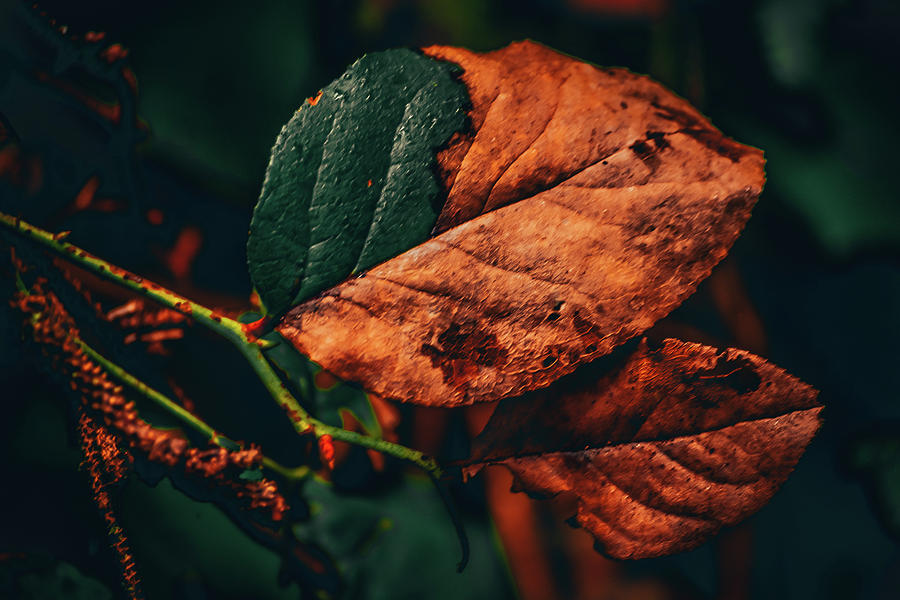
As Golden Pothos plants age, their leaves naturally undergo senescence, resulting in the development of brown spots. This physiological process typically begins at the leaf tips and progresses towards the base, eventually leading to leaf abscission.
Aging leaves may exhibit a gradual color change, transitioning from vibrant green to shades of yellow and brown.
While leaf senescence is a normal occurrence in plants, maintaining optimal growing conditions can prolong the longevity of foliage and enhance the overall appearance of Golden Pothos plants.
10. Nutrient Deficiencies
Nutrient deficiencies can contribute to the development of brown spots on Golden Pothos plants, impairing their growth and vitality.
Inadequate levels of essential nutrients, such as nitrogen, phosphorus, and potassium, can disrupt metabolic processes and compromise plant function.
Symptoms of nutrient deficiencies may include leaf discoloration, stunted growth, and diminished foliage density.
Conducting soil tests and implementing appropriate fertilization regimens are essential for addressing nutrient deficiencies and promoting the health and vigor of Golden Pothos plants.
11. Dormancy
Golden Pothos plants may enter a dormant phase during certain periods, such as late fall, winter, and early spring.
During dormancy, the plants may exhibit brown spots on some leaves as part of their natural growth cycle. This temporary decline in foliage quality is a normal response to environmental cues and does not necessarily indicate underlying health issues.
Providing consistent care and maintaining stable growing conditions can support Golden Pothos plants through periods of dormancy and facilitate vigorous growth once conditions become favorable.
12. Environmental Stressors
Environmental stressors, such as fluctuations in temperature, humidity, and light exposure, can contribute to the development of brown spots on Golden Pothos plants.
Sudden changes in environmental conditions can disrupt plant physiology and trigger physiological responses, including leaf discoloration and tissue damage.
Symptoms of environmental stress may vary depending on the severity and duration of exposure, ranging from localized brown spots to widespread foliage deterioration.
Implementing measures to mitigate environmental stressors, such as providing adequate ventilation and maintaining stable growing conditions, can help minimize the impact on Golden Pothos plants and promote optimal growth and development.
How to Fix Brown Spots on Golden Pothos
After identifying the potential causes of brown spots on Golden Pothos plants, it is time to implement appropriate corrective measures to restore the vibrancy of your Golden Pothos plant.
Consider the following strategies for addressing brown spots on Golden Pothos and promoting optimal growth:
Adjust Watering Practices
Maintain a consistent watering schedule, ensuring that the soil remains evenly moist but not waterlogged. Monitor soil moisture levels regularly and adjust the watering frequency as needed to prevent both underwatering and overwatering.
Enhance Pest Management
Implement integrated pest management strategies to control pest populations and minimize damage to Golden Pothos plants.
Use mechanical methods, such as handpicking pests, and apply natural or organic insecticides to target specific pest species while minimizing harm to beneficial organisms.
Implement Disease Prevention Measures
Practice proper sanitation and hygiene to prevent the spread of fungal and bacterial diseases among Golden Pothos plants.
Remove and dispose of infected plant material promptly, and avoid overhead watering to minimize moisture accumulation on foliage.
Optimize Growing Conditions
Create optimal growing conditions for Golden Pothos plants by providing adequate light, temperature, and humidity levels.
Position plants in well-lit areas with indirect sunlight, maintain temperatures within the preferred range and supplement humidity levels as needed to promote vigorous growth and minimize stress.
Adjust Fertilization Regimens
Adopt a balanced fertilization regimen tailored to the specific nutrient requirements of Golden Pothos plants. Use slow-release fertilizers or organic amendments to provide essential nutrients gradually and minimize the risk of fertilizer burn.
Prune and Trim
Regularly prune and trim Golden Pothos plants to remove diseased, damaged, or senescent foliage. Use clean, sterilized pruning tools to prevent the spread of pathogens and promote healthy regrowth.
Monitor Environmental Conditions
Monitor environmental conditions closely and make necessary adjustments to minimize stressors that may contribute to the development of brown spots.
Maintain stable temperature and humidity levels, provide adequate ventilation, and protect plants from sudden fluctuations in light exposure.
Promote Plant Health
Promote overall plant health and resilience by providing proper care and attention to Golden Pothos plants.
Encourage robust root development, maintain soil fertility, and address any underlying issues promptly to prevent the recurrence of brown spots and promote long-term vitality.
Seek Professional Advice
Consult with gardening experts or horticultural professionals for personalized advice and recommendations tailored to the specific needs of Golden Pothos plants.
Seek guidance on disease management, pest control, and cultural practices to address brown spots effectively and promote optimal plant health and vigor.
Brown Spots on Golden Pothos FAQs
Here are some of the frequently asked questions (FAQs) on brown spots on Golden Pothos issue.
Why are brown spots appearing on my Golden Pothos leaves?
Brown spots on Golden Pothos leaves stem from various factors, including overwatering leading to root rot, underwatering causing dehydration and stress.
Other factors such as exposure to pests like spider mites or aphids, fungal infections such as leaf spot or rust, or even environmental stressors like excessive sunlight or nutrient deficiencies can contribute to brown spots on Golden pothos.
How can I prevent brown spots from developing on my Golden Pothos?
To prevent brown spots on Golden Pothos leaves, maintain a consistent watering schedule, ensuring the soil remains evenly moist but not waterlogged.
Implement integrated pest management strategies to control pests and minimize damage.
Ensure proper air circulation and avoid overcrowding to prevent fungal infections. Monitor light exposure and humidity levels, providing adequate but indirect sunlight and maintaining optimal environmental conditions. Additionally, regularly inspect and maintain plant health through pruning, fertilization, and soil management.
Can I save my Golden Pothos if it already has brown spots?
Depending on the severity and underlying cause of the brown spots, it may be possible to save your Golden Pothos.
Begin by identifying the root cause of the issue, such as overwatering, pests, or fungal infections.
Adjust care routines accordingly, including watering practices, pest control measures, and environmental conditions. Trim affected leaves or areas, ensuring to sterilize tools to prevent further spread of infection.
Implement targeted treatments such as neem oil for pests or fungicides for fungal infections, and closely monitor plant health for signs of improvement.
Should I be concerned if my Golden Pothos goes through a dormant phase with brown spots?
It’s normal for Golden Pothos plants to undergo dormancy during certain periods, such as late fall or winter, where they may exhibit brown spots or leaf shedding as part of their natural growth cycle.
During dormancy, reduce watering frequency and avoid fertilization to accommodate the plant’s reduced metabolic activity. Provide stable environmental conditions and minimal disturbance to support the plant through its dormant phase.
As long as the brown spots are part of the natural cycle and the plant shows signs of regrowth and vitality with the onset of favorable conditions, there’s typically no cause for concern.
However, if brown spots persist despite adjustments, further investigation and intervention may be necessary.
Final Thoughts on Causes of Brown Spots on Golden Pothos
In conclusion, understanding the causes and solutions for brown spots on Golden Pothos plants is essential for maintaining their health and beauty.
By recognizing the signs of common issues such as root rot, pests, fungal infections, and environmental stressors, plant enthusiasts can take proactive steps to address these concerns and promote optimal growth.
Regular monitoring, proper watering, adequate lighting, and timely intervention are key factors in preventing and mitigating brown spots on Golden Pothos leaves.
Remember to create a conducive environment for your Golden Pothos, providing it with the right balance of moisture, light, and nutrients.
Pruning away affected leaves, treating pest infestations, and adjusting care routines can help revive ailing plants and restore their vibrancy.
By staying attentive to your plant’s needs and implementing best practices, you can enjoy the lush foliage and air-purifying benefits of Golden Pothos while minimizing the occurrence of brown spots.
In the journey of plant parenthood, patience and diligence are invaluable traits.
With proper care and attention, brown spots on Golden Pothos can be managed effectively, allowing these resilient houseplants to thrive and brighten indoor spaces with their verdant charm.
Let your Golden Pothos be a source of joy and inspiration, reminding us of the beauty of nature and the rewards of nurturing living green companions in our homes.
References

